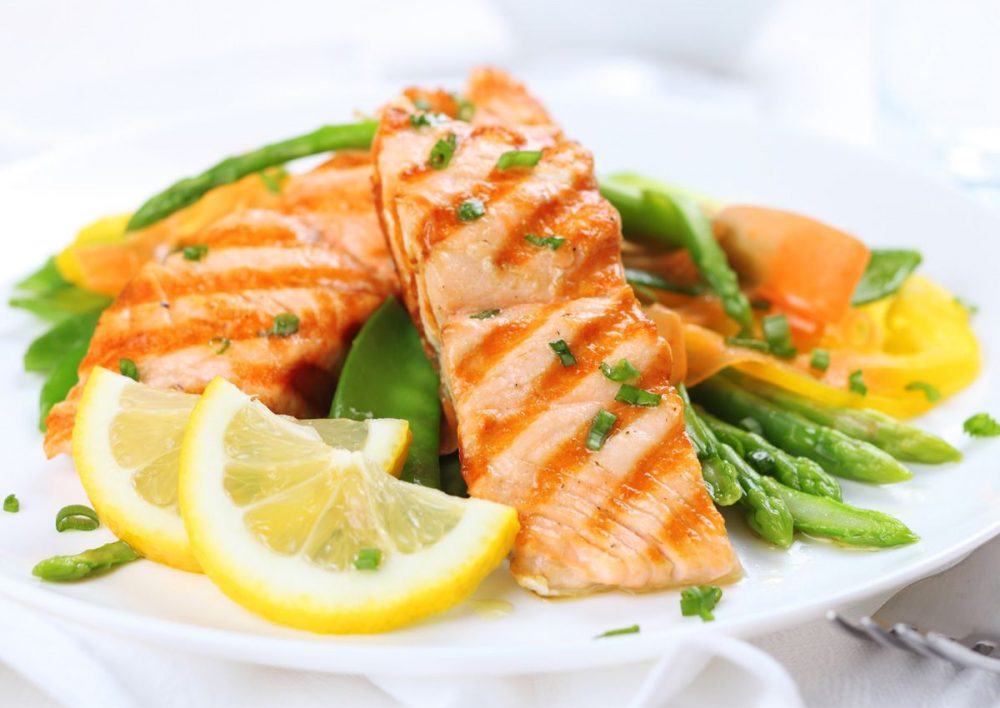Lactose intolerance is caused by reduced or absent activity of lactase that prevents the splitting of lactose (lactase deficiency). Lactase deficiency may occur for one of three reasons, congenital, secondary or developmental. The primary symptoms of lactose intolerance include bloating, abdominal pain, diarrhea, and flatulence (passing gas). In order to avoid these symptoms women should avoid the food products containing lactose, even in small amounts.

Women need to consume about 1,000 mg of calcium per day (which you can easily in 24 hours from one glass of skim milk, one thick slice of cheddar cheese, and one cup of plain yogurt). According to one survey, only 16 percent of females ages 20 to 29 females get enough calcium from diet.
Lactose elimination diet needs to be carefully monitored to avoid deficiency. Calcium is vital for strong bones and teeth. It helps the body maintain healthy blood vessels, regulate blood pressure, and even prevent insulin resistance (which could lead to Type 2 diabetes).
Below are Top 10 Lactose Free Calcium foods sources
- Kelp: Sea kelp contains minerals like, magnesium, calcium, iron, copper, potassium, zinc and natural sea salt. It has the highest natural concentration of calcium of any food (10 times more than milk) and is an excellent alternative to salt. One easy way to include kelp in diet, is to keep a container of kelp flakes on the dinner table and use it instead of table salt for seasoning foods. Fresh kelp is used as a vegetable. It can be marinated to make salads, or included in mixed vegetable dishes.
- Dulse: This red sea weed is rich in calcium ion, required by the body for the formation of healthy bones, calcium especially by women at risk of osteoporosis. Dulse can be bought granulated form and sprinkled on food, or bought in strips and added to broth, soups, or grains. Dulse imparts a bit of a smoky flavor.
- Kale, collard greens, and other greens (Kale chips are a great option): 1-cup serving of cooked kale provides nearly 10 percent of the recommended daily allowance, or RDA, of calcium for adult women at 94 mg per serving. Collard greens exceed the RDA of kale by providing 266 mg in 1 cup. Other brassica greens such as turnip, mustard, and bok choy can be substantial dietary sources of calcium for your diet. Rinse kale, chop it finely, and add it soups, stews, stir-frys, salads, egg dishes, or casseroles. Or top pizzas with kale for added nutritional goodness. Steam kale for five minutes to make it more tender or eat it raw. You can also substitute it for spinach or collard greens in recipes. Make kale chips by slicing kale into bite-size pieces, toss with a drizzle of olive oil and a pinch of salt, and bake for 10-15 minutes at 350 degrees in the oven.
- Canned fish with bones such as sardines or salmon (smash bones and eat with fish): Fish provide a lactose-free way to add calcium to your daily diet. Fish with the bones left in provide more calcium than boneless filets. A 3-ounce can of Atlantic sardines packed in oil, but drained, is one of the top sources of calcium in any non-dairy category, with 325 mg of calcium per serving, according to a University of New Hampshire list of calcium sources. Other fish on the list are 3-ounce servings of canned pink salmon with bones, which provides 181 mg of calcium; cooked Atlantic Ocean perch, with 116 mg of calcium; canned blue crab, with 86 mg of calcium; and farmed rainbow trout, which contains 73 mg of calcium (livestrong.com).
- Seeds & Nuts: There are 174 milligrams of calcium in a cup of sunflower seeds. The calcium to phosphorus ratio makes the calcium readily available for the building of strong bones. Sesame seeds provide the most calcium when they are roasted or dried with 989mg (99% DV) of calcium per 100g serving and 88mg (9% DV) per tablespoon. Sesame Butter (Tahini) provides about half the amount of calcium with 426mg (43%DV) of calcium per 100g serving and 64mg (6% DV) per tbsp. Flax seeds also provide calcium with 255mg (26% DV) per 100g serving. Almonds are a great source of calcium whether dry roasted or made into butter. Almonds provide 266mg (27% DV) of calcium per 100g serving, 367mg (37% DV) per cup, and 74mg (7% DV) per ounce (~22 Almonds). You can obtain 45 mg of calcium through 1 oz. (six whole nuts) of Brazil nuts.
- Dried figs: A serving of 10 dried figs provides 269 milligrams of calcium—about 20 percent of the daily recommended amount.
- Beans: Some common beans are high in calcium. Winged beans possess 442mg of calcium per 100g serving. Many white beans are very high in calcium. Most white beans have approximately 175mg of calcium per serving. Navy beans are also a great source of calcium, with 127 mg per cup. These beans make an excellent soup base. Add them to a pasta dish with veggies, or skip the chickpeas and make your own hummus with white beans.
- Broccoli: Two cups of boiled broccoli have 124 mg of calcium. Fairly common vegetable, but rarely praised for its high concentration of useful nutrients, broccoli has recently come into vogue as a wonderful food with all kinds of health benefits.
- Tofu (processed with calcium sulphate): The amount of calcium in tofu depends on the coagulating agent used to precipitate the soy protein in the process of making tofu. Calcium sulfate and nigari (magnesium chloride) are two commonly used agents. Tofu that is prepared with calcium sulfate will contain more calcium than tofu made with nigari. 4 grams of tofu can provide 200-420 mg of calcium.
- Olives: The highest amount of Calcium is in Olives, ripe, canned (jumbo-super colossal) which contains 94 mg of Calcium per 100g. The lowest amount of Calcium is in Olives, pickled, canned or bottled, green which in 100g contains 52 mg of Calcium.
Some low-calcium foods are fortified with calcium to increase the nutritional value. Breakfast cereal, soy milk and orange juice are products commonly fortified with calcium.
